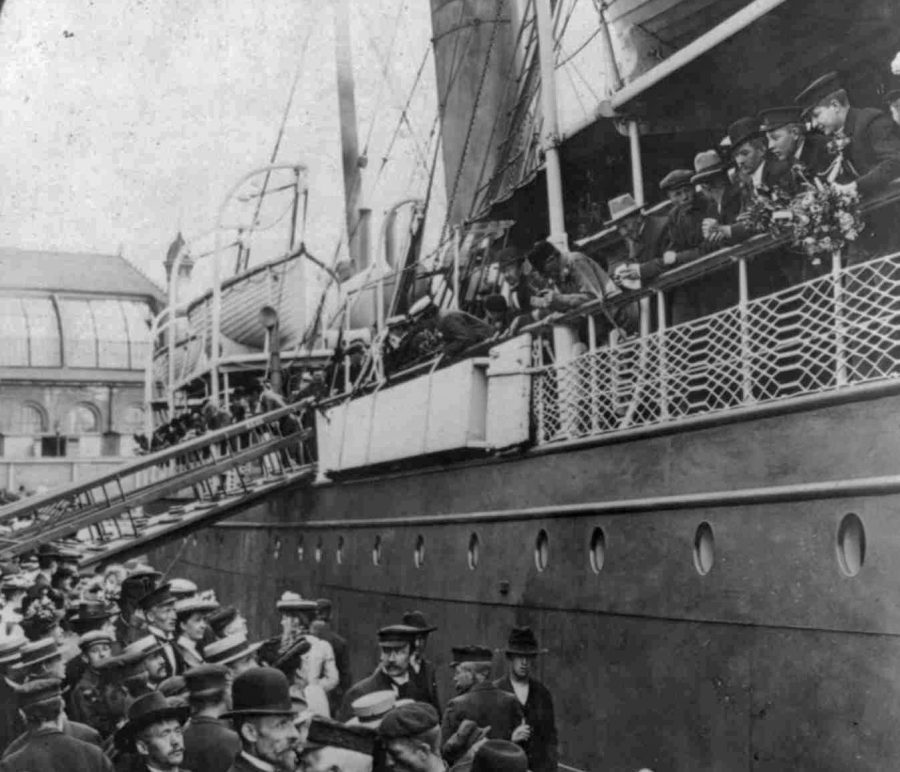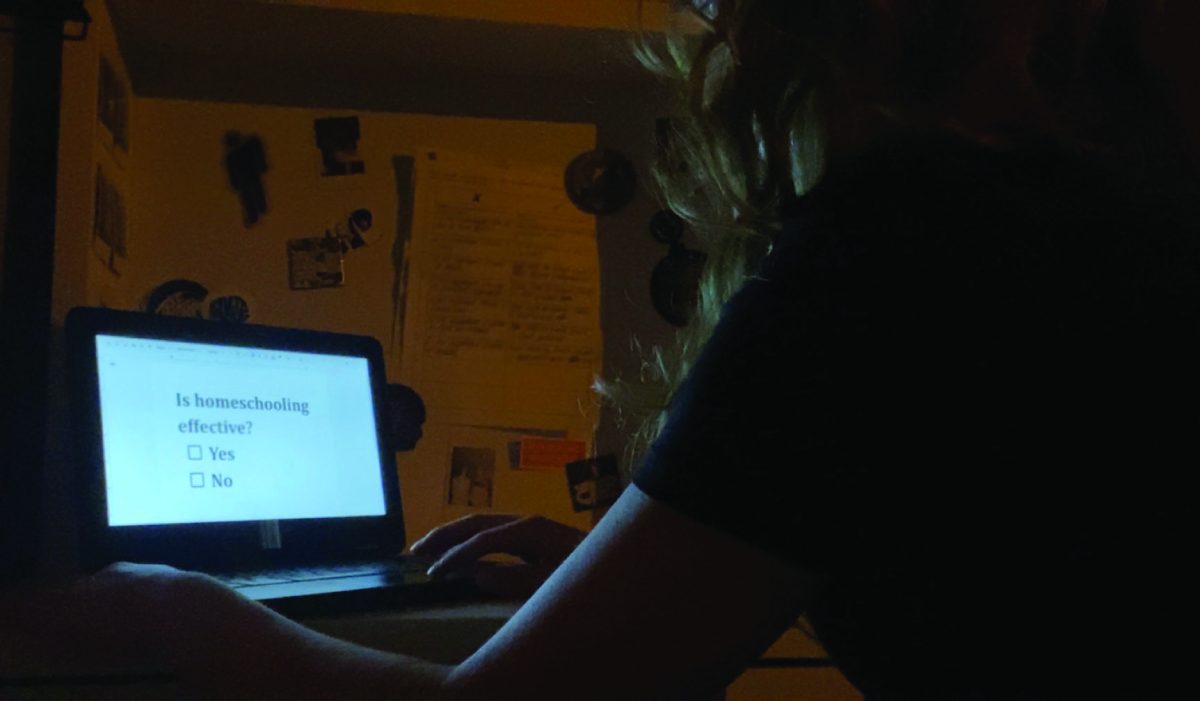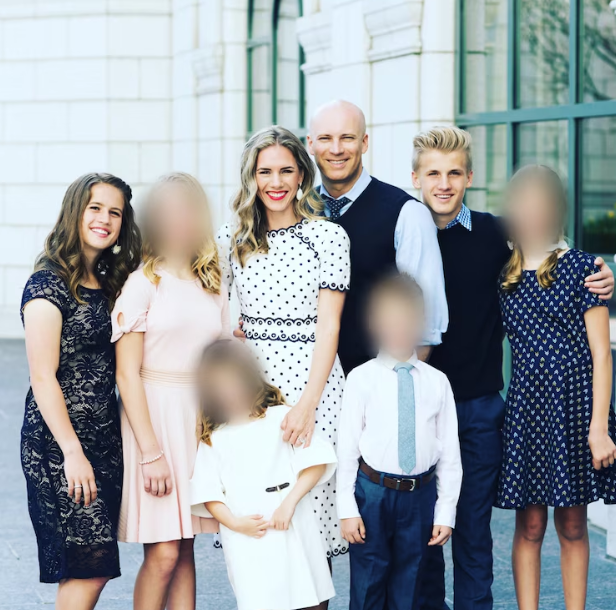Ancestral immigration
March 18, 2019
America is the land of immigrants. A great land of opportunity that attracts people from all over the globe. In 2016, we had 1,183,505 immigrants according to the Migration Policy Institute (MPI). This figure will continue to rise, sparking conversation on the mass of people coming to the United States. We had a surge like this before in the early 20th century, but by 1930, immigration numbers dropped to around 90,000.. Since 2005, every year (besides 2013), the US has gained more than one million immigrants! As it has had in the past, immigration is a conversation point all throughout the United States and is at a center of political discussion.
With the government shutdown being the longest in US history, one of the topics that is being discussed is the border wall and immigration. President Trump wants 5 billion dollars for funding for the border wall, which most Democrats oppose.
Behind it or not, immigration has played a key role in politics since the founding fathers signed the Declaration of Independence in 1776. Since then, all of us have found our way to a city in the middle of the country, Lincoln. Our city is growing exponentially and immigration has played a part in that growth. Let’s take a look at some of the journeys that some of the ancestors of a couple of people in our school took to get to Lincoln.
Kyle Beacom is a Social Studies teacher here at Southeast who teaches United States History. Beacom’s family is originally from Ireland. His ancestors were suffering from the Potato Famine of 1845 after a fungus called Phytophthora infestans infected thousands of crops, rendering the potatoes they produced inedible. Beacon’s family left in the year 1847, the worst year of the famine known as the ‘Black ‘47’
“Three brothers went through the port of New Orleans and ended up in Iowa and eventually one of those brothers moved to Jackson, Nebraska, which is not too far from Sioux City, Iowa. From there, much of the Beacom family has kind of stayed in and around northeast Nebraska,” Beacom said.
As a lot of Irish immigrated to the United States, they were looking for work and a lot of them found their way to the Union Army to fight in the most important war in United States history.
“Eventually one of the Beacom brothers fought with Sherman in the Civil War. His name was James Beacom, and there is a story that he actually helped recruit Native
Americans to fight for the Union side at one point,” Beacom said. “In the closing stages of the war he went with Sherman on Sherman’s March (a military campaign to cut the Confederate forces in half). His march also was designed to destroy towns and buildings that could be used by the rebels, which is exciting to think about, because that’s something I feel I know a lot about, and it gives it a personal feeling, you know? Knowing someone who was actually involved in it.”
Senior Catherine Wedin is also interested in her family history and their journey to America. She was adopted from China by a Swedish family. She doesn’t know much about her Chinese heritage but her Swedish family has an interesting story.
The Wedin Family immigrated to America in the 1800s along with many others in that time period. The story of her dad’s side is very interesting.
“My great grandmother had a sister that was a nanny for some family, then she had an affair with the father of the child she was looking after. When the family found out she was pregnant, she had the kid [and] then they were kicked to America,” Wedin said.
But on Wedin’s mom’s side, it was just pure opportunity that brought them to America.
As about how they got to Lincoln, well it was pure opportunity too that got them here as well.
“Originally, my ancestors did not go to Nebraska. They went to Wisconsin and Minnesota for farming, My parents moved here to pursue a job.
“My grandma’s uncle was drafted into the Civil War right when he turned 18. He fought somewhere in the south and ended up dying in combat,” Wedin said. “[I’m not sure] what battle.”
The Scandinavian side of her family comes with some perks.
“Every Christmas, we go up to Minnesota and my grandma bakes Scandinavian meatballs, and they are amazing!” Wedin said.
Wedin is proud of her Chinese heritage as well.
“We always go to a Chinese New Year festival every year and that is pretty fun,” Wedin said.
We all come from somewhere. Whether that be from the potato farms of Ireland, or the elegant cities of Scandinavia. We all somehow made it to a place in the middle of the United States. Now I may be biased in saying this but, I believe Lincoln is one of the coolest places in the world. What makes it that way is the people that live here. Each one of us has a different story to tell about their family’s journey to America. If you don’t know your story, then I encourage you to ask your grandparents, try rummaging around in their basements and attics, see what family treasures you can discover, see if you can’t uncover something about your past, because it’s nice to know how we all ended up in a town located in the middle of America called Lincoln.










